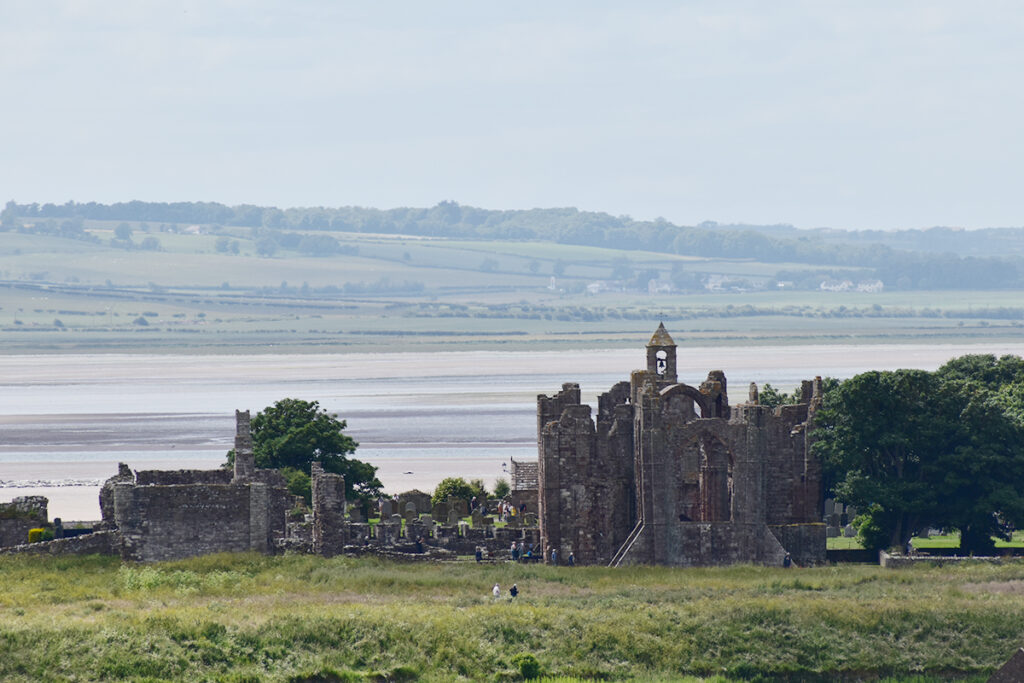
By Canon Prof. Morwenna Ludlow
A fortnight ago, I had the chance to visit Lindisfarne for the first time. Holy Island, as it is known to many, lies just off the coast of Northumberland, joined to the land by a narrow causeway which is covered every day by the tide. When you arrive, numerous notices tell you not to be ‘that person’ who forgot to calculate the tide times. These warnings concentrate the mind and encourage you to make the most of the time you have there before the tide turns.
Holy Island was just one island off the British and Irish coasts where early Christians sought a place of prayer. An important centre was founded by Columba on Iona, in the Inner Hebrides, around 563. From there came Aidan who established a monastery on Lindisfarne in 635. When his successor Cuthbert retired as abbot, he first retreated to a tiny islet just of the main island and then moved further away to the island of Inner Farne, a couple of miles down the coast.
It’s easy to think of these islands as utterly remote and there is no doubt that travelling to them would have been difficult, weary and often dangerous work. There’s certainly a sharp wind from the east even on a midsummer day! They must feel pretty bleak in February. But these islands were connected as well as isolated. Oswald, who later became King of Northumbria, was educated at Iona when he was a young man in exile from his homeland. It was he who called for monks from Iona to minister to his subjects, when he gained the Northumbrian throne and Aidan perhaps chose Lindisfarne because it was close to the royal court at Bamburgh castle. The castle would have been visible from Cuthbert’s island retreat of Inner Farne and vice versa. The island communities of Iona, Lindisfarne and others formed a kind of monastic network of centres of learning which produced in the eighth century works like the Lindisfarne Gospels and (in Iona) the Book of Kells. These are not the works of a disconnected people.
We find the same phenomenon in the south-west. The stories about our local saints may sometimes seem improbable and some of the details are surely fictitious; but these stories are based on the very real history of very early Christian networks between Britanny, the south-west peninsula, Wales and Ireland. Scholarship is uncovering even wider networks, as archaeological and other research reveals evidence of Christian traditions which were introduced as tin and other goods were traded between northern Europe and the eastern mediterranean.
So, I’m learning to challenge my preconceptions. Places which seem remote and disconnected can in fact be connected in ways that do not immediately meet the eye, just like that causeway to Holy Island.